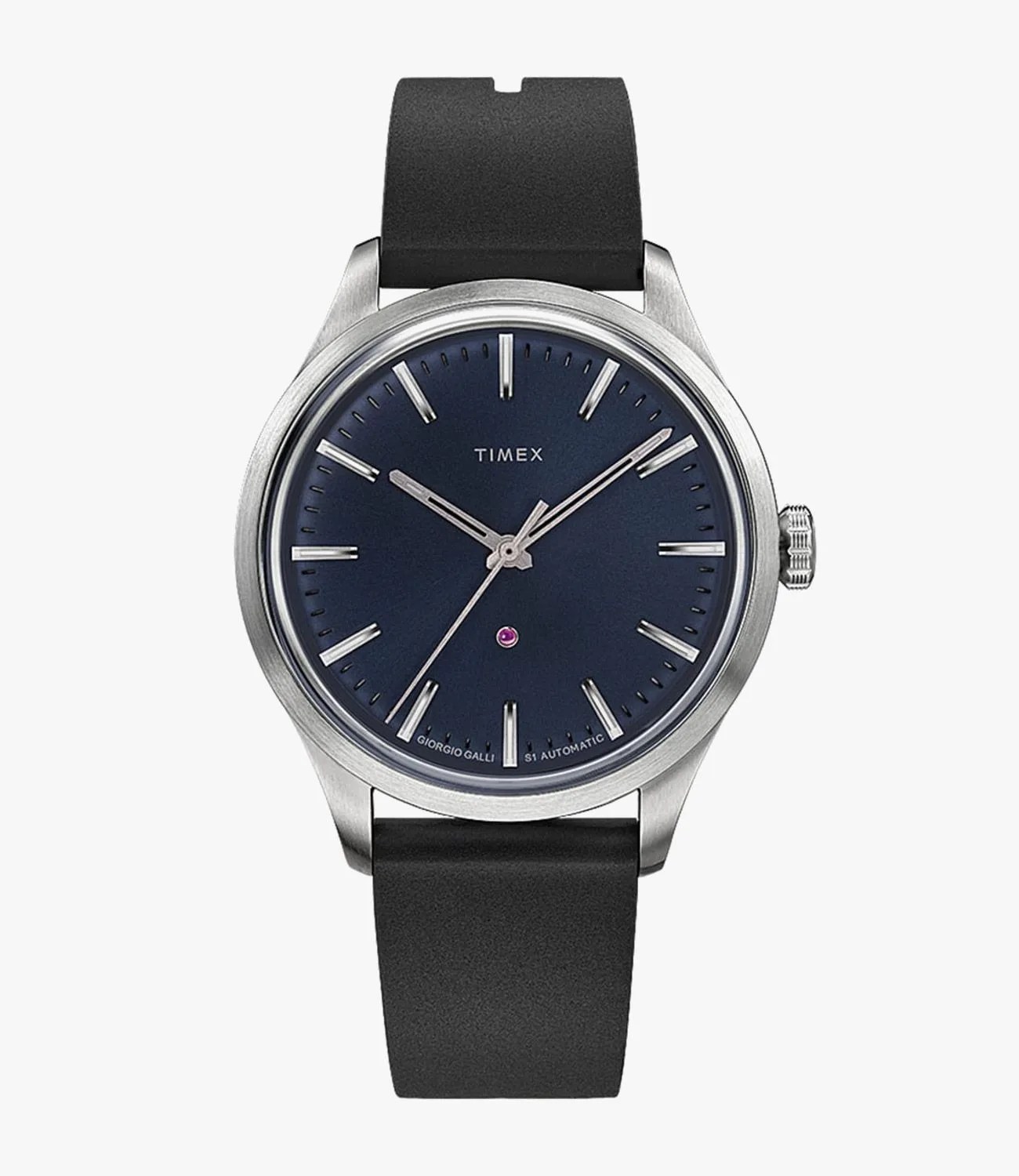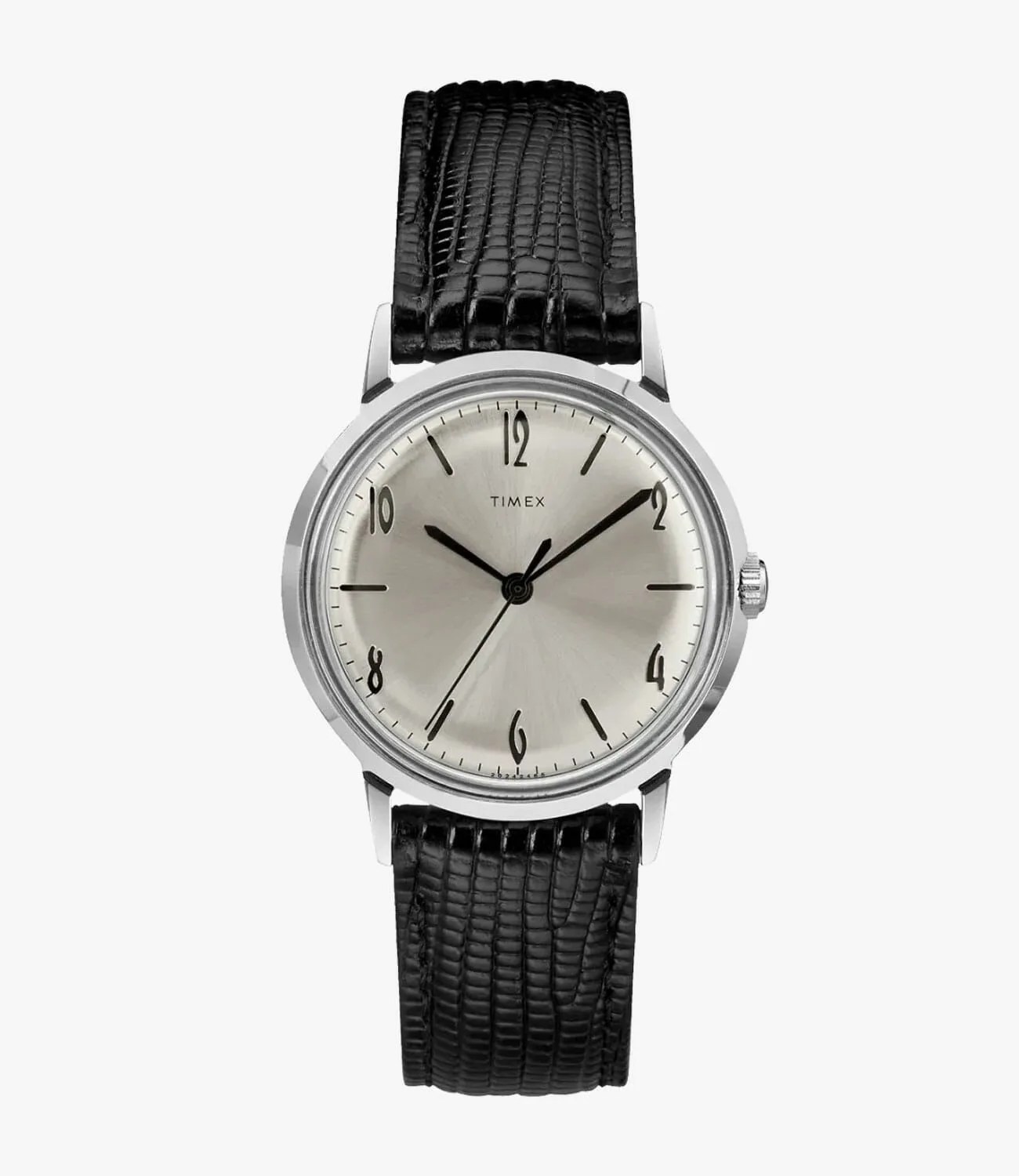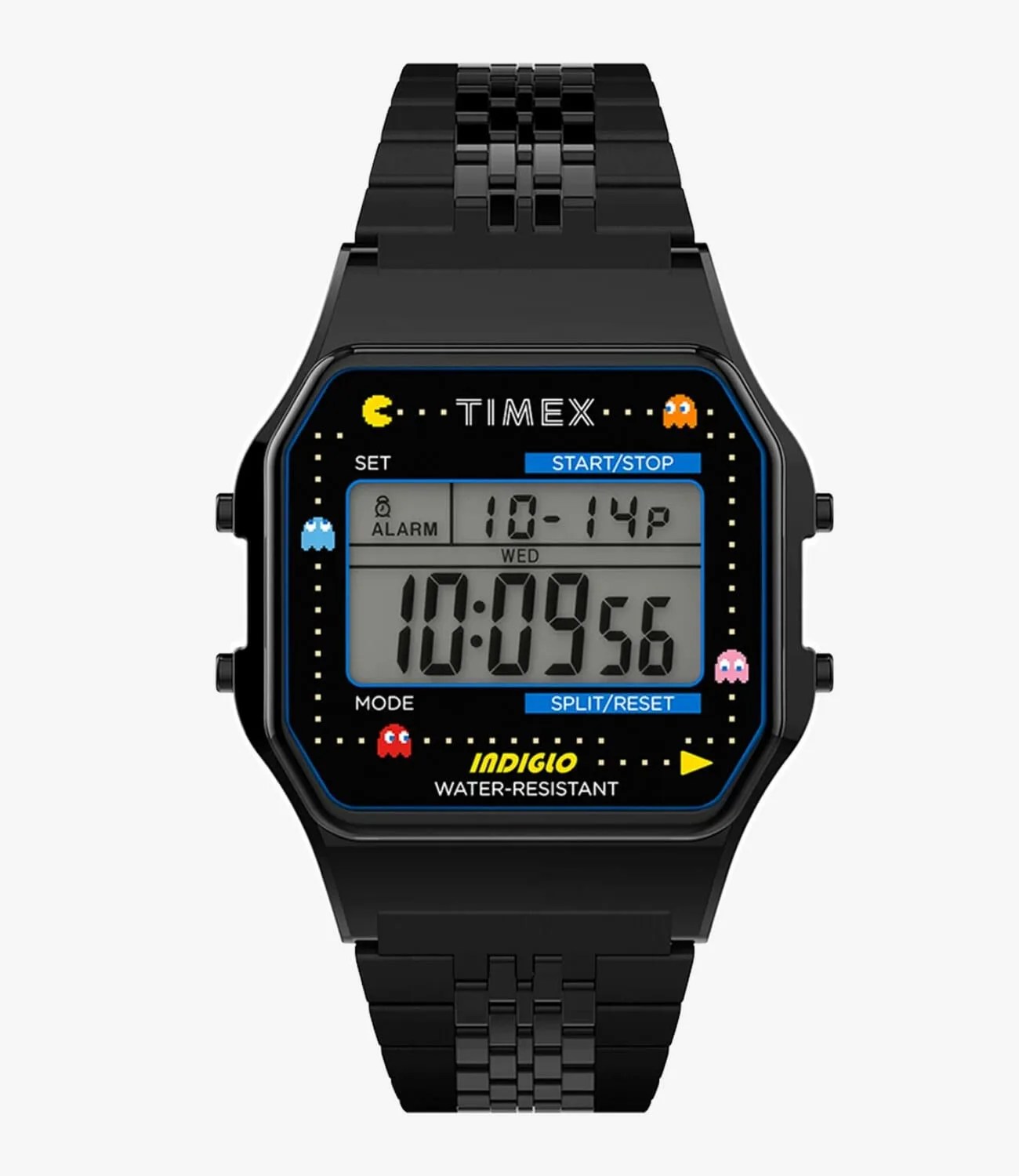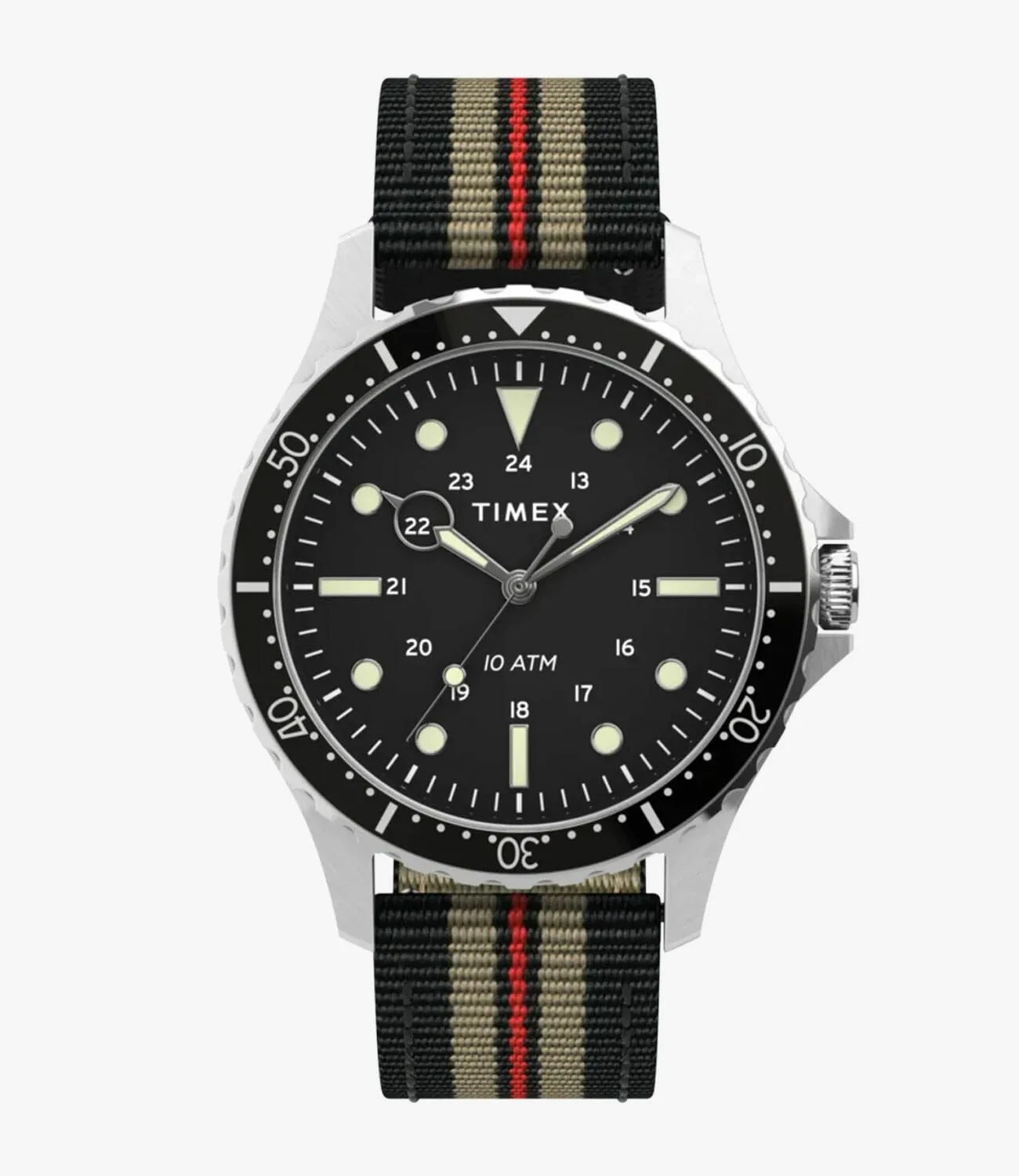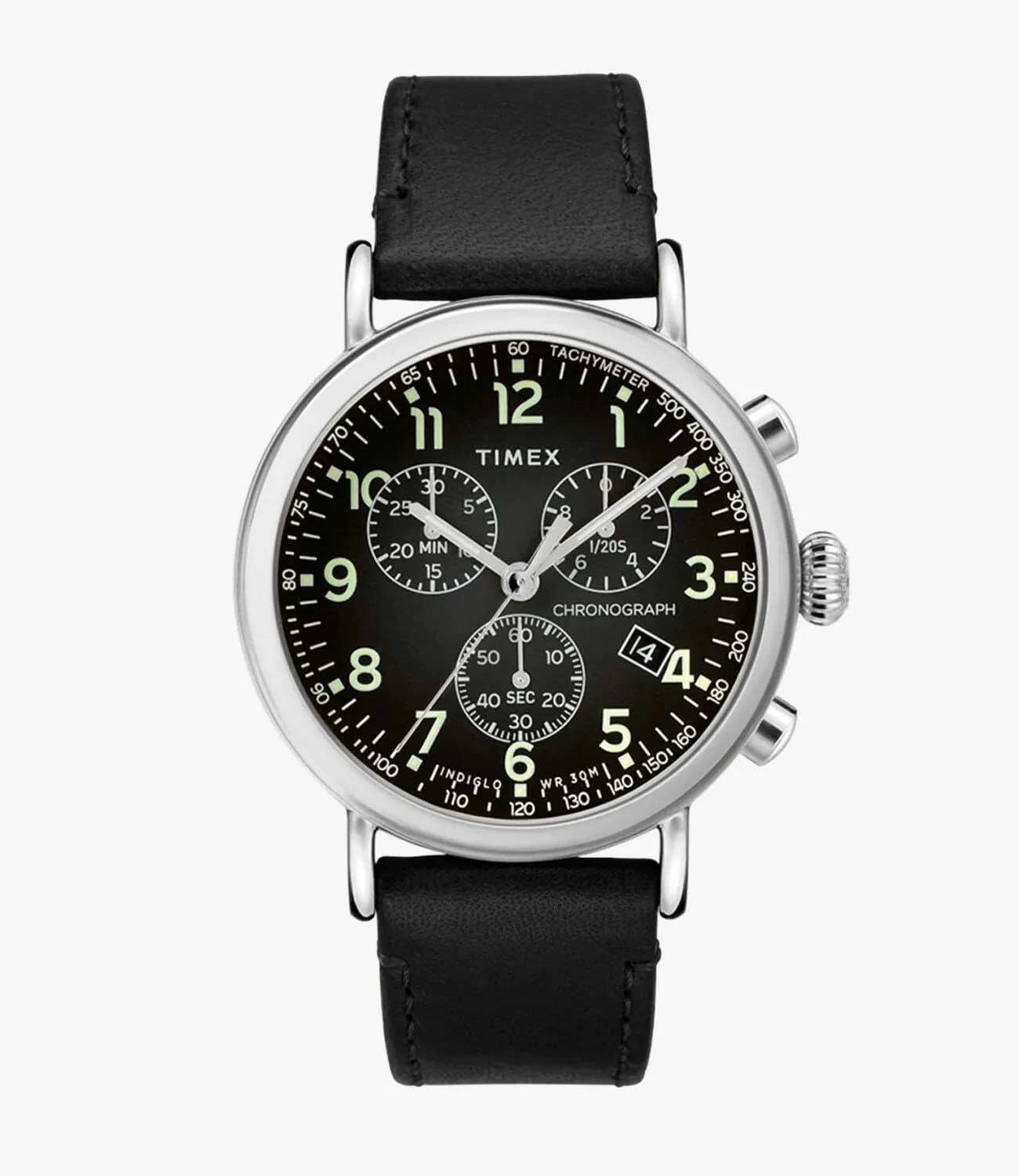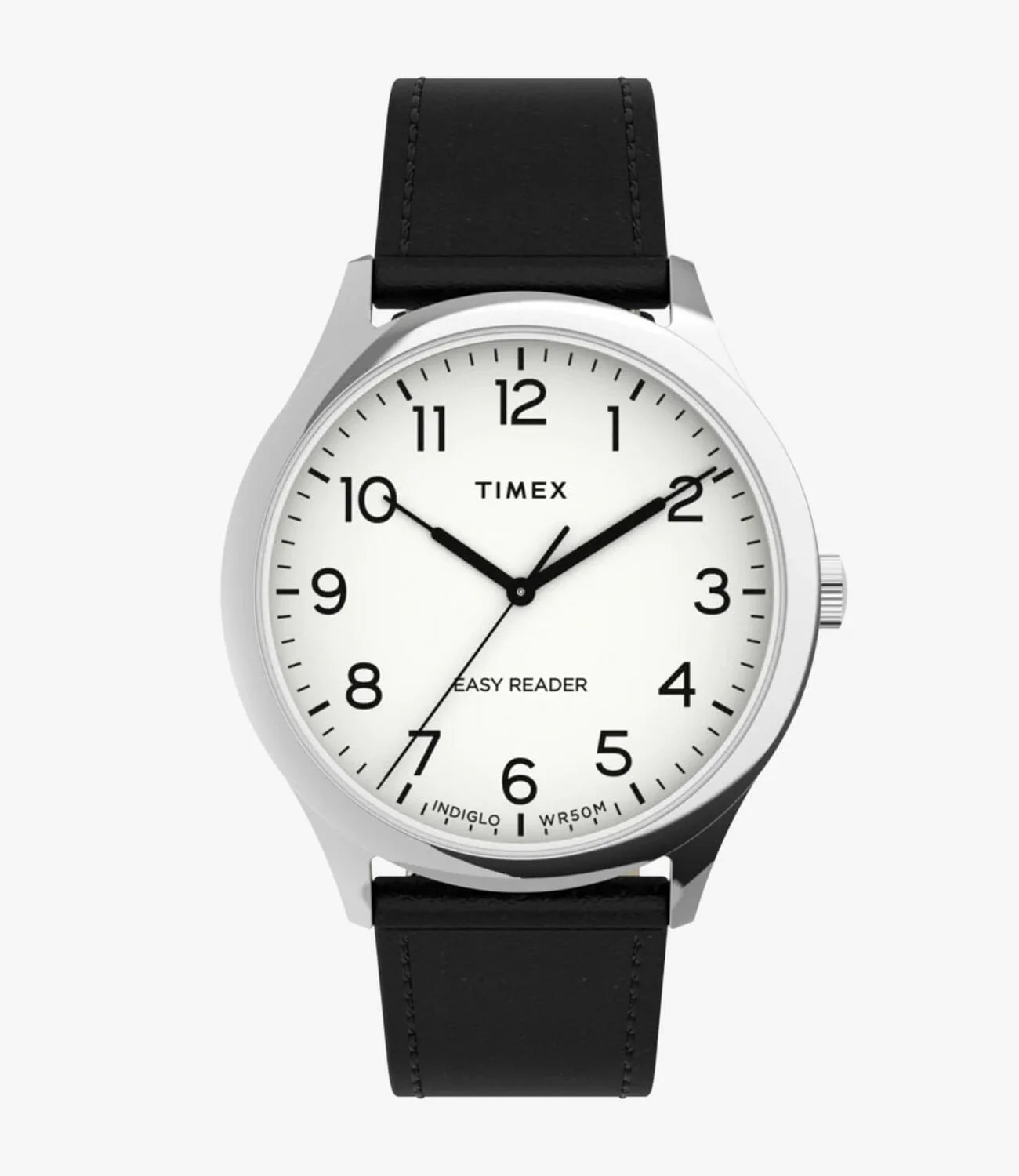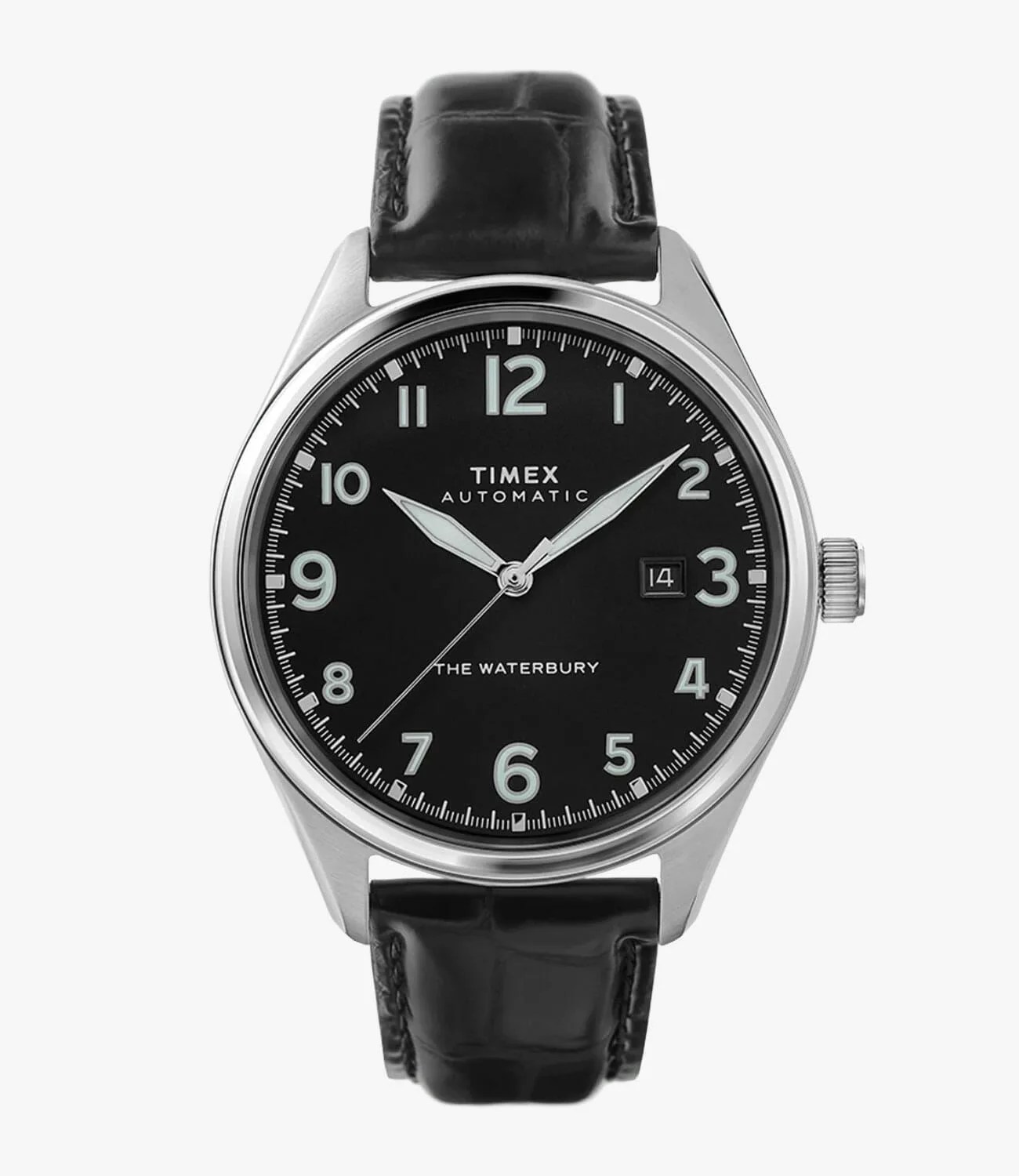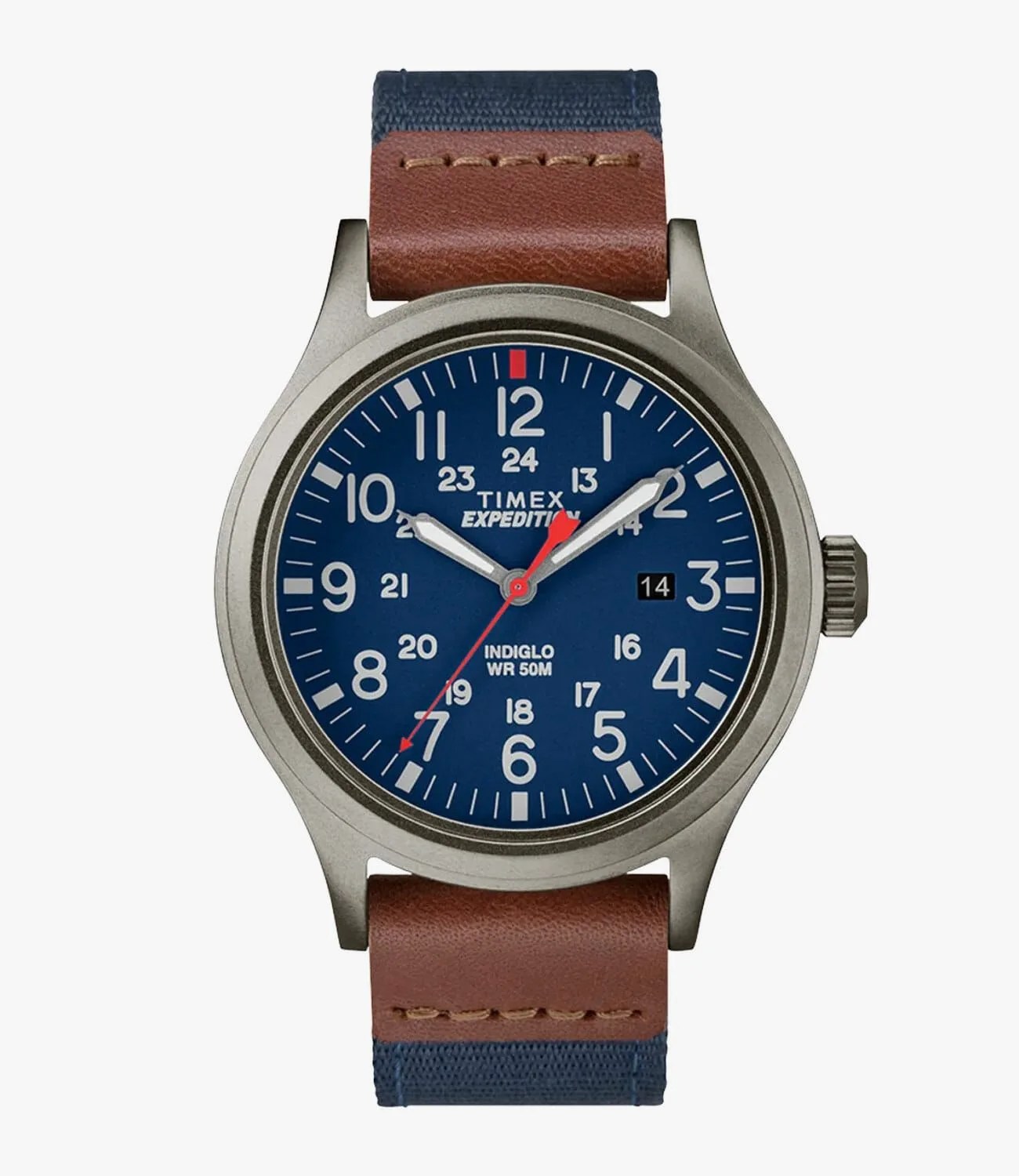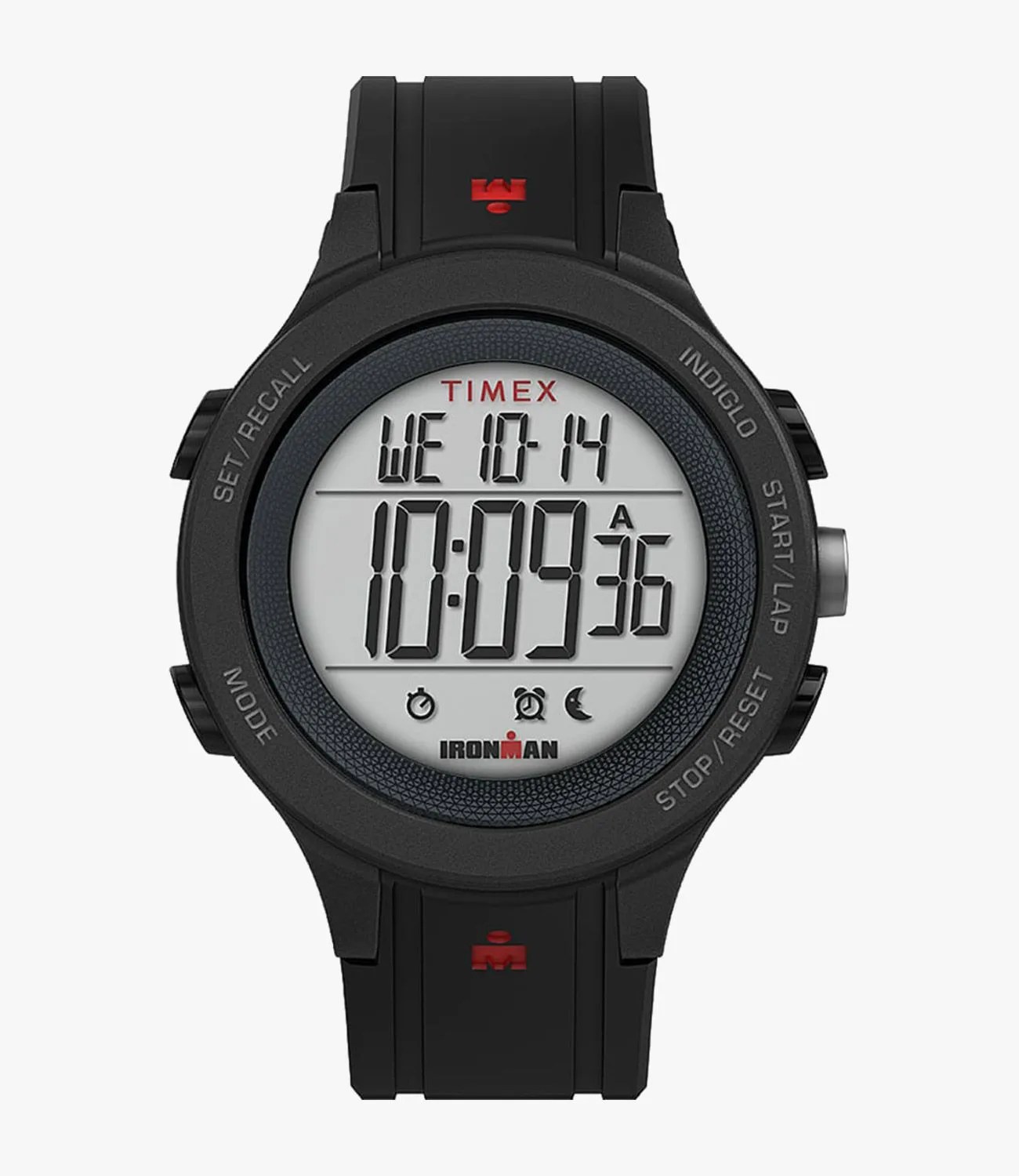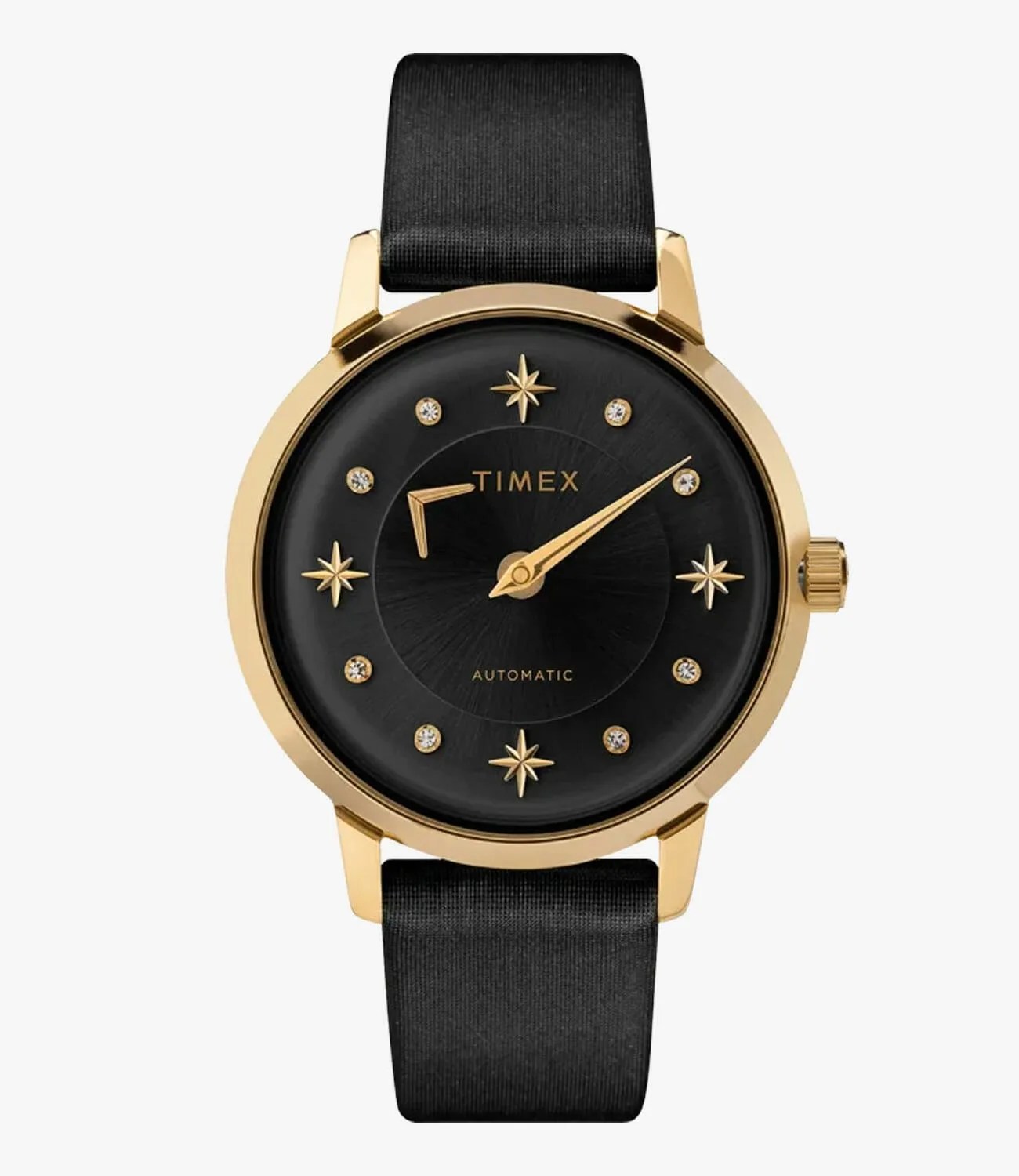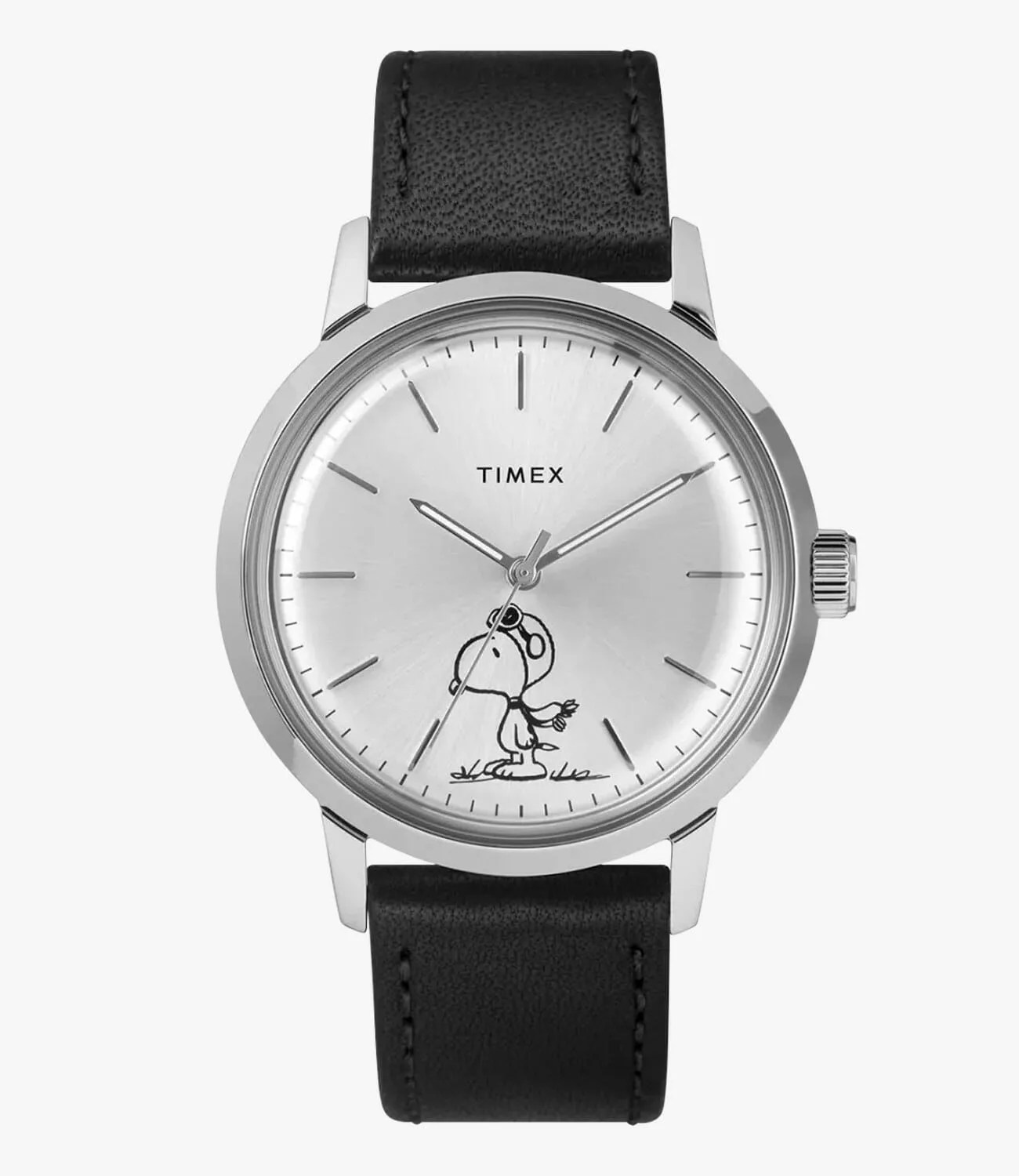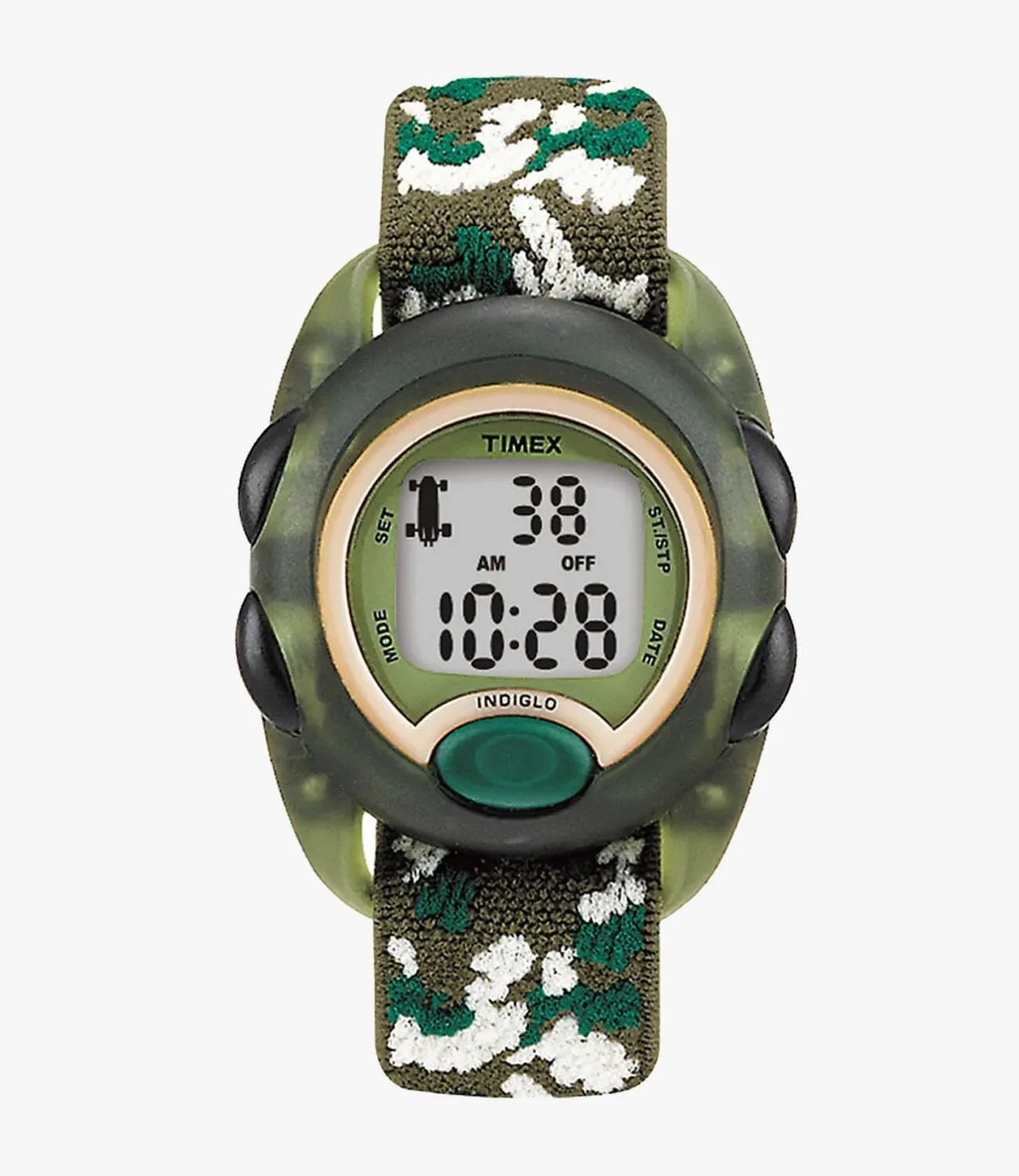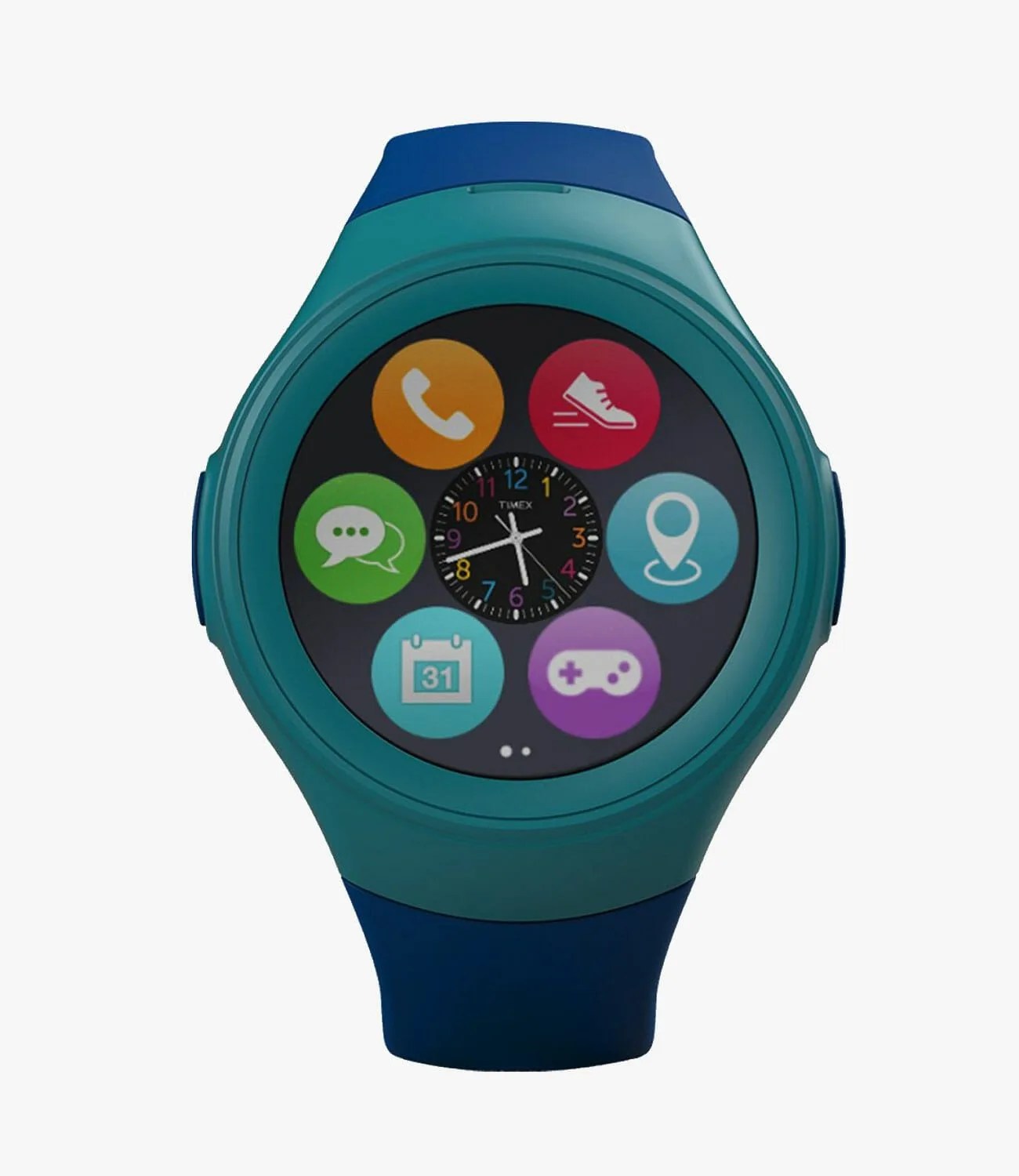Welcome to Brand Breakdown, a series of comprehensive yet easy-to-digest guides to your favorite companies, with insights and information you won’t find on the average About page.
The Waterbury Clock Company sprung into production in 1854 in Waterbury, Connecticut, and by 1944 the firm was about to go broke. Some corporate consolidation and a rebranding to “Timex Corporation” saved the American company, which would go on to become one of the world’s most prolific and well-known watch brands. The 1970s saw Timex scramble to survive the Quartz Crisis caused by Seiko’s new electronic watches, resulting in the firing of tens of thousands of mechanical watchmakers worldwide and a refocusing on digital computing technologies. Competition in that field was tough, and by the 1980s Timex gave it up and largely returned to analog watches.
Though Timex watches remained a staple of American consumerism, it wasn’t until the early 1990s that the company took flight again. They introduced the Indiglo backlight in 1992, and when the World Trade Center bombing of 1993 scared Americans silly, an office employee used a Timex with Indiglo to lead a group of people down 40 pitch-black flights of stairs. This made headlines, and sales took off.
Since then, Timex has steadily held its position in American stores and hearts, but just a few years ago the brand played into the vintage watch craze and found themselves unable to keep up with market demand for its Marlin mechanical watches. These back-catalog re-issues have enough midcentury cred to win over the most snobby of collectors, and even Todd Snyder — former head of J-Crew’s menswear and an independent designer and retailer — helped the cosmopolitan set in America embrace Timex. The company was suddenly hip for the first time, and shows no sign of backing away from that trend.
As is the case with most big brands, the Timex catalog is deep and wide, with something for everyone. But prices remain incredibly reasonable, sometimes as low as $25, and never cresting above $500. And Timex has always been great at hooking young folks — for many American watch collectors, it was a Timex that turned them on to watches, thus cementing the relationship between the company and memories forged in childhood.
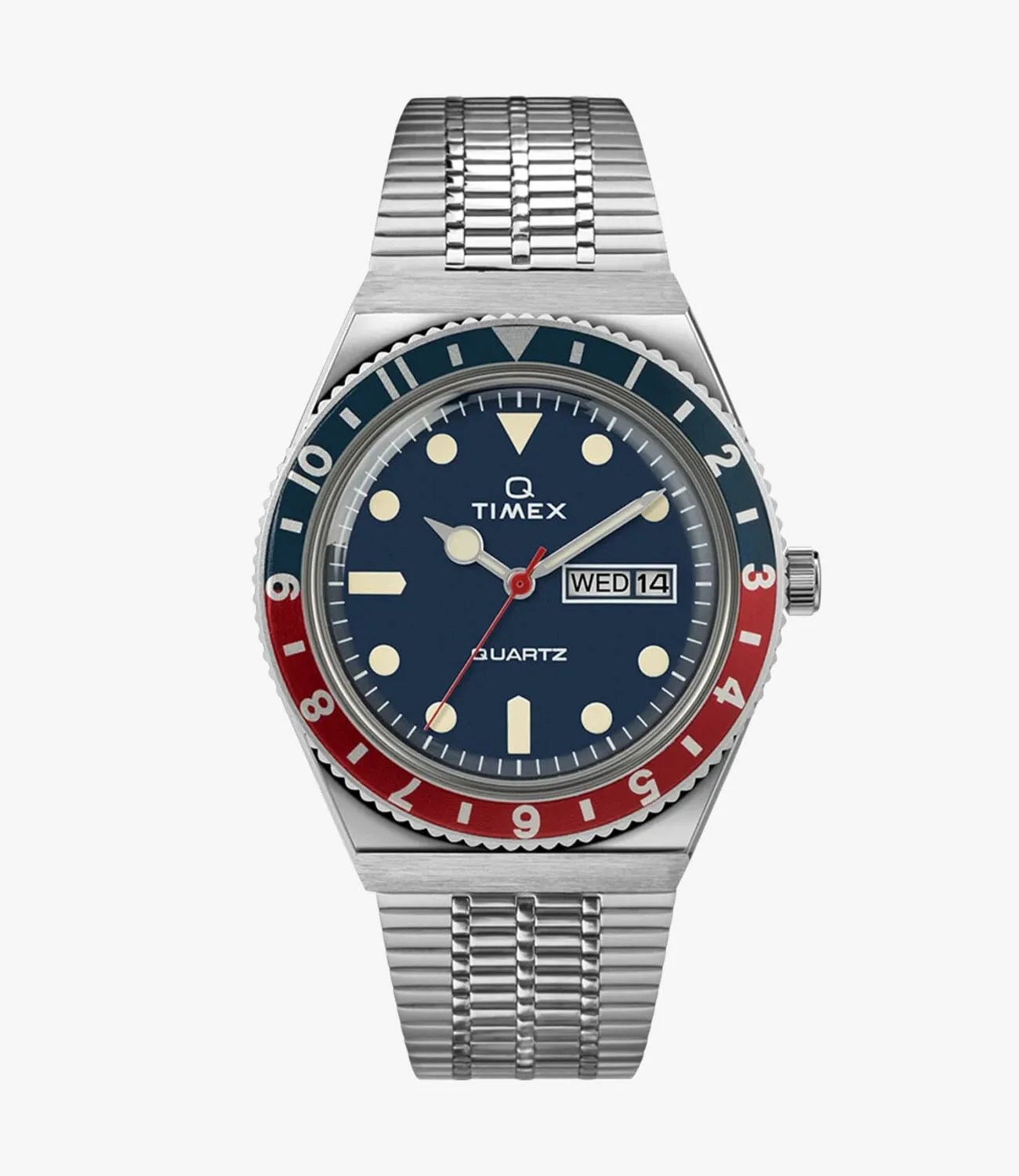 Timex
TimexQ Timex
The Q Timex watches derive from the late 1970s and come in a few different styles, with new colorways and models on the horizon as Timex surfs the wave of the watches’ success. Unmistakably reaching for Rolex GMT Master vibes, this retro-looking watch proudly represents the era when Rolex look-alikes were the norm. Quartz movements keep the prices low and the timekeeping accurate.
Diameter: 38mm
Movement: Quartz
Price: $179

